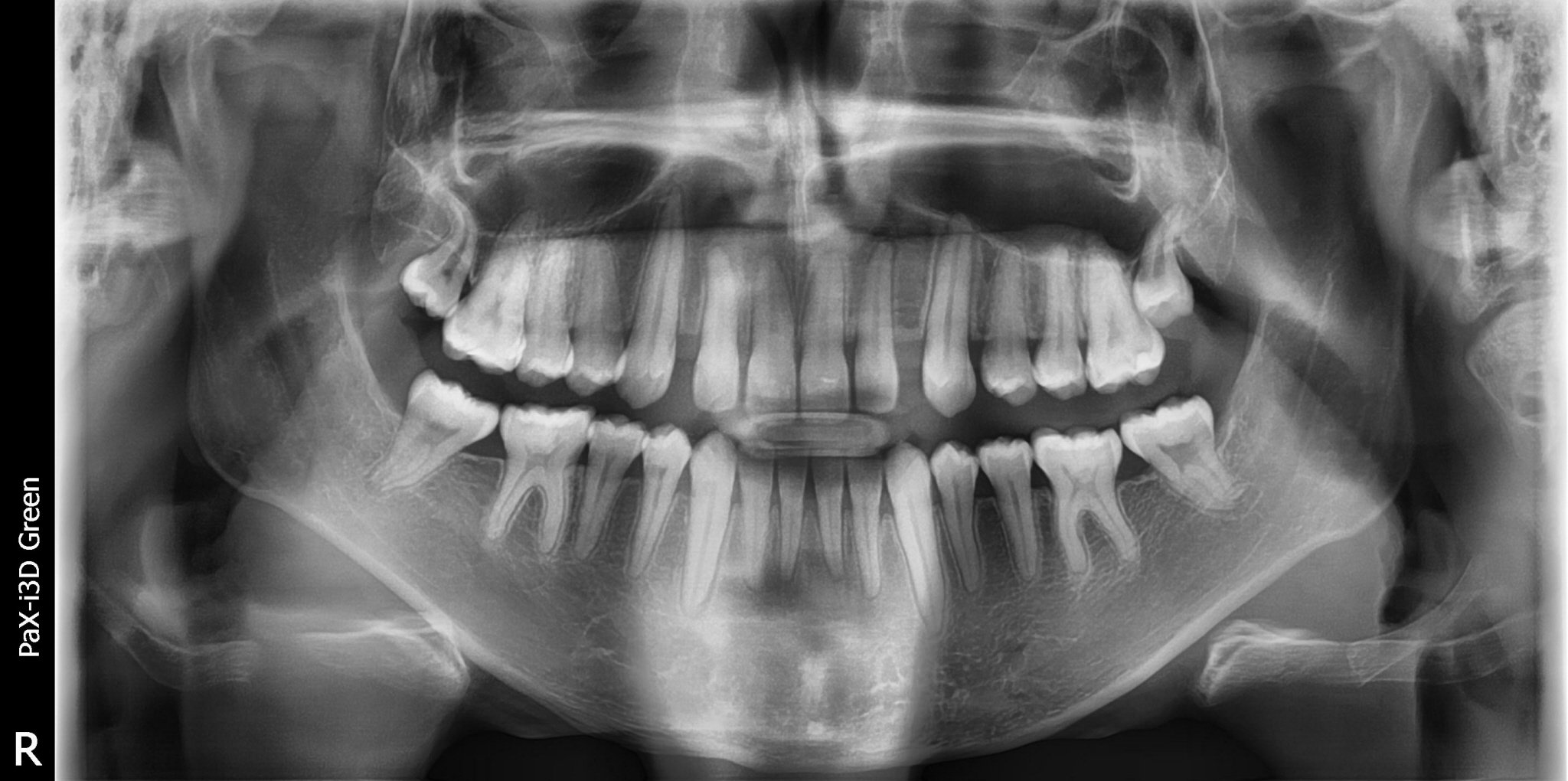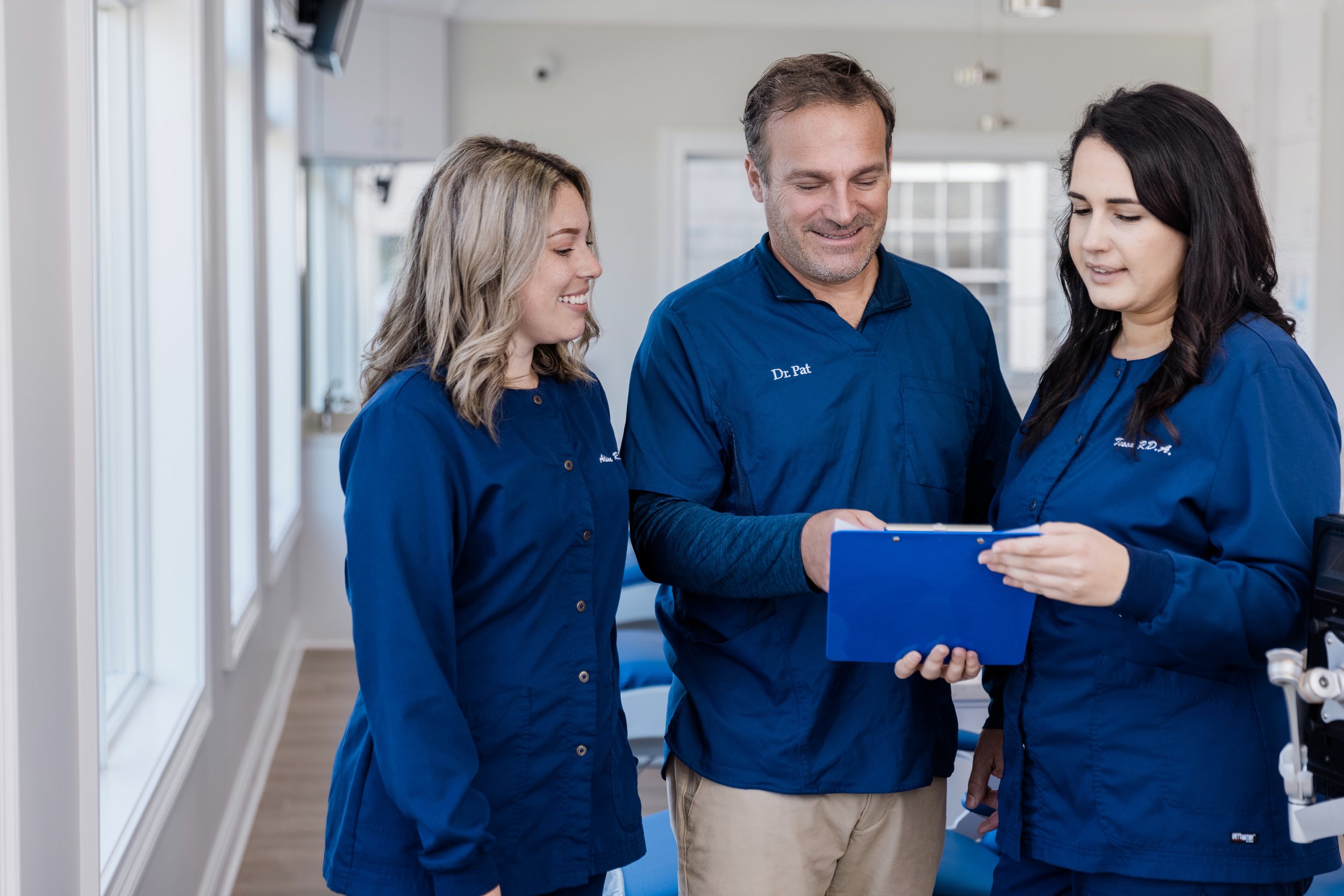Class III Malocclusion
5 types of underbites and how we treat them.
Type of Class III Malocclusion

First Step: Diagnostic Records
The orthodontic treatment plan for a Class III patient depends on the type of Class III malocclusion that the patient presents with. The first step for a Class III patient is to have records taken to gather necessary diagnostic information which enables us to determine the Class III malocclusion type.
Other factors such as chronological age, dental age, and skeletal age play a major role in diagnosis and treatment planning for the patient, and will be considered in addition to the malocclusion type.
Diagnostic records include panoramic, cephalometric, and hand-wrist x-rays, facial and intraoral photographs, and digital impressions for diagnostic study models.
Once the records have been collected and analyzed by the doctor, a treatment plan is fabricated.
Two Phase Treatment
Phase 1: Palatal Expander/Facemask
1. Palate expander is activated at home by a parent twice per day for 3-4 weeks
2. When finished with expansion (turning), the facemask (reverse pull headgear) is worn nightly for 12-18 months to create as much of an overbite as possible to create room for the mandible to grow.
3. The palate expander is removed, and a removeable retainer is worn 24/7 for 6-9 months to hold the width created by the palate expander while the palatal bone settles.
Observation:
Patient goes into active observation; mandibular growth is closely monitored with xrays and photographs every 6 months. The observation phase can last anywhere from 3-6 years.
Once growth has stopped or significantly slowed, we assess the patient’s occlusion for:
Remaining Overbite
Edge to Edge bite
Return of Underbite
Phase 2: Two Scenarios
1. When growth is complete and the patient is left with an overbite or an edge-to-edge bite, treatment to align the teeth and bite consists of braces with elastics
Patient has finished growing and maintained the proper amount of overbite to be able to align the teeth with braces alone.
2. If the patient’s underbite has returned after they have finished growing, orthognathic surgery will be needed in addition to braces and elastics in order to properly align the teeth and bite.
One Phase Treatment
(Surgically Assisted)
A Class III patient who does not visit an orthodontist for the first time until mid to late adolescence or adulthood will need to be treated with a combination of orthodontics and orthognathic surgery. Once the patient’s growth has significantly slowed or stopped, correction of the underbite cannot be treated without surgical intervention.
Monitoring Growth
For the Class III patient, it is imperative that treatment is started at the correct time. The correct time to begin treatment is dependent on the type of Class III malocclusion. For most Class III patients, a period of observation is needed at some point during their treatment timeline, in which we closely monitor their growth.
We monitor growth to determine the appropriate time to:
Begin treatment with braces
Send patient for orthognathic surgery
How do we monitor growth?
Patients who are in active observation are seen every 6-12 months for:
Facial and intraoral photographs
To compare facial features with previous photos that may indicate changes in the jaw and facial bones.
Cephalometric x-ray
To use for orthodontic tracings which show changes in the angle of the jaw indicating growth.
Hand/Wrist x-ray
To take a close look at the growth plates in the hand and wrist which show us which stage of skeletal growth the patient is at.
What happens if a Class III Malocclusion is treated incorrectly, at the wrong time, or with poor patient cooperation?
No Phase 1 intervention, treated with braces alone:
Lower jaw (mandible) continues to grow forward while upper jaw (palate) remains too narrow and short to accommodate that growth. After a certain age, the window to make the growth correction with a palate expander closes. Braces alone cannot correctly align the teeth and bite.
Poor Phase 1 Cooperation (lack of facemask wear)
Facemask was not worn as instructed, and an overbite was not achieved. The lower jaw remains in the same position or continues to grow forward until finished growing.


























